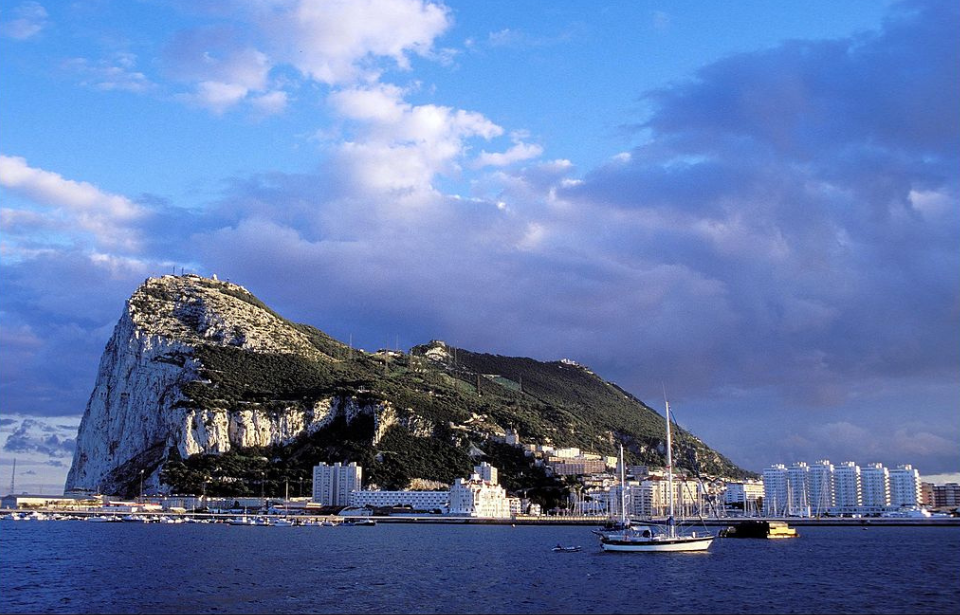Gibraltar is a British territory bordered by Spain to the North. It’s known as a much-loved holiday destination for tourists and has an important naval dockyard that is still used by the British Royal Navy. What is less known about the region, however, is that underneath the Rock of Gibraltar lie roughly 34 miles of hidden tunnels, some of which date back as far as the 1700s.
First tunnels underneath the rock
Although caves within the Rock may have been used by Neanderthals, the first purposely built tunnels in Gibraltar were created shortly after its British capture in 1704, when they began to make military fortifications. These trenches were known as the King’s, Queen’s, and Prince’s Lines and it took most of the century to complete them, in part because the British were also defending against Spanish and French attacks during the Thirteenth and Great Siege of Gibraltar.
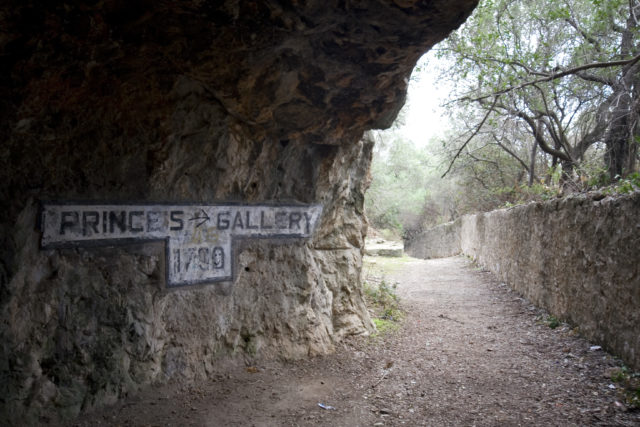
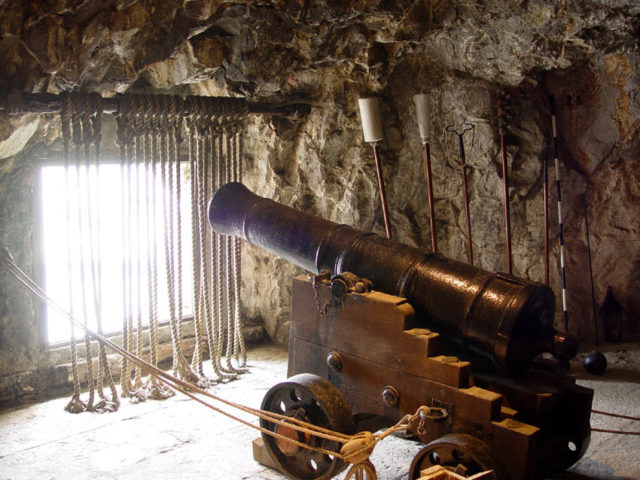
During the attacks, the British created the first true tunnels and “galleries,” man-made, cave-like areas inside the rock where they often stationed their weapons. By the end of the 1700s, nearly 1,200 meters of tunnels were dug, connected together by the lines that the British had created earlier. The tunnels included the Windsor, Queen’s Union, Upper Union, Lower Union, Prince’s, King’s, and Queen’s Galleries.
Improving the naval base
By the late 1800s, Gibraltar became a more important naval base for the British, prompting them to continue the underground construction. Some of the new tunnels allowed them to access a quarry, while other tunnels were created for ammunition storage. One of the most significant additions during this time, however, was the Dockyard, or Admiralty, tunnel.
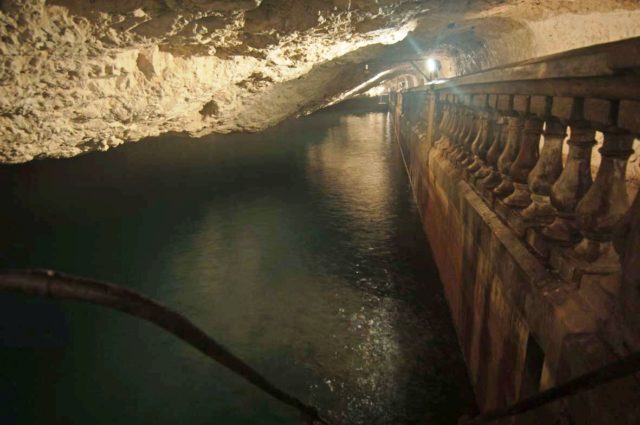
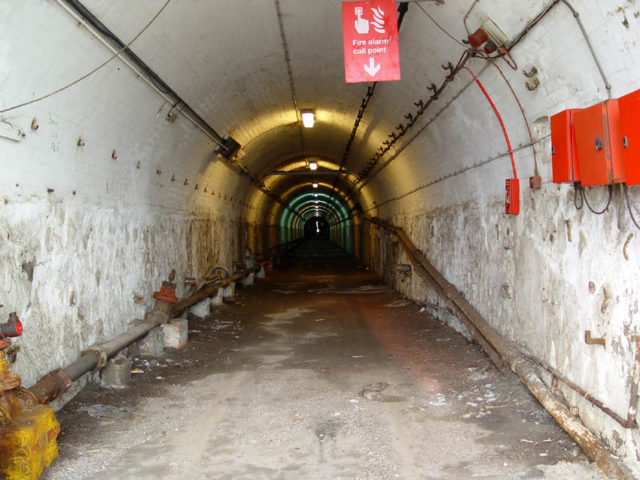
This tunnel cut through the entirety of the Rock to allow easy access between the dockyards where building was taking place and the quarries that provided the stone. In addition, a total of five underground reservoirs were created underneath the Rock between 1898 and 1915 to help ease uncertainty about water supply.
An era of expansion
It was during the Second World War, however, that the most intensive additions were incorporated into the existing tunnel system. Beginning in 1936 with the Spanish Civil War and the rising power of concerning German political figures, the British began building hospitals and air raid shelters within the Rock. They also evacuated civilians from Gibraltar, turning it almost entirely into a military base.
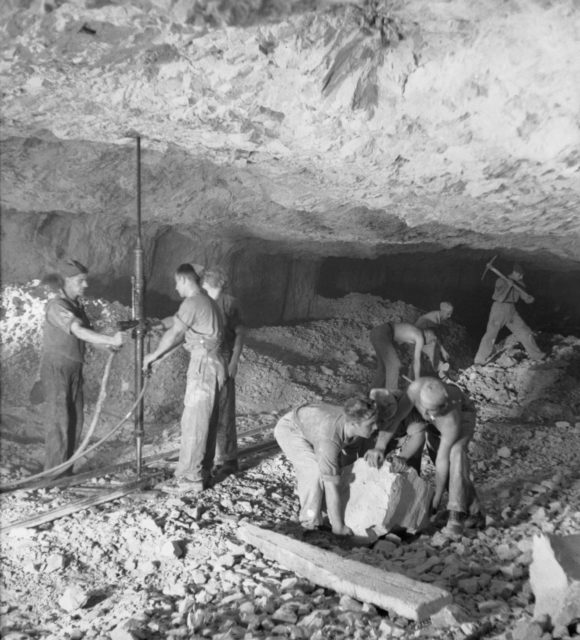
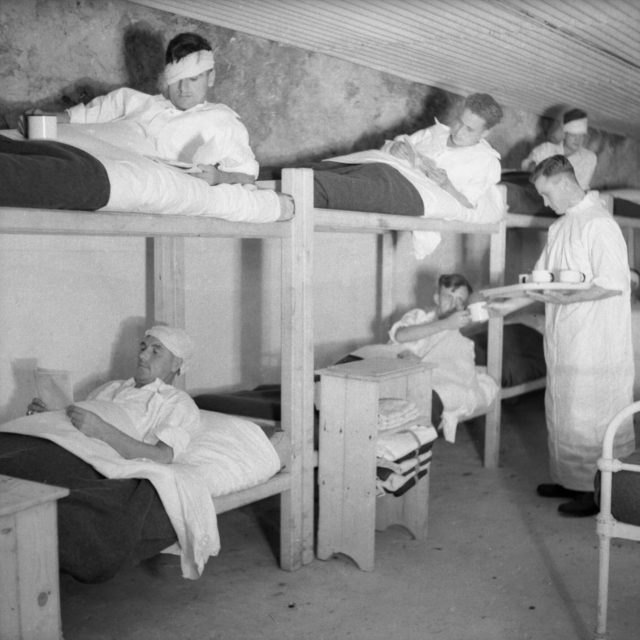
When the war began, tunnels were created with the desire to use them as military garrisons and for storage of military equipment. The British, along with their allies stationed there, created an underground city which included everything from a power station to a bakery. These improvements meant that Allied troops could be housed below ground for 16 months should the need arise.
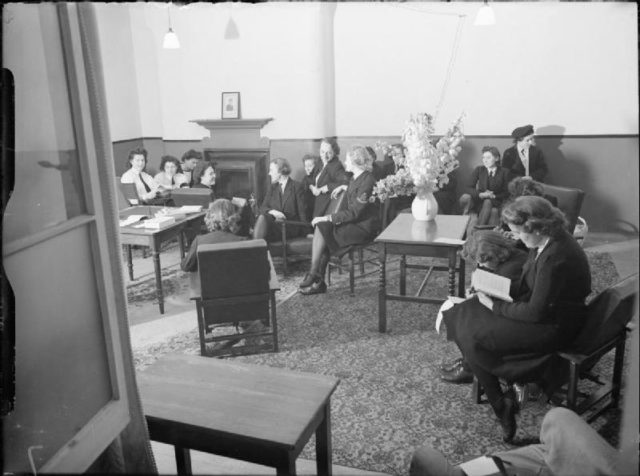
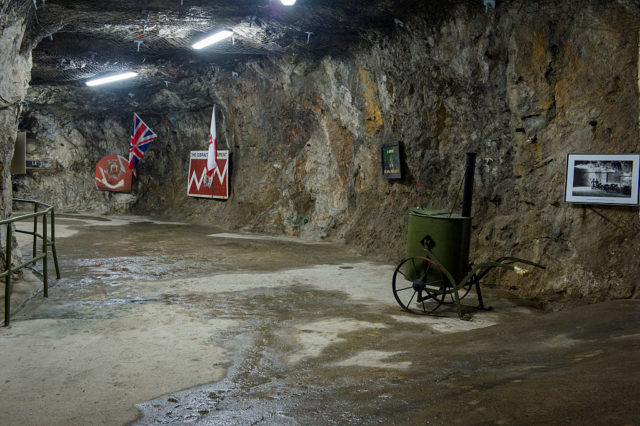
One of the most unique tunnels created during the Second World War was hidden for over 50 years, after being designed for a top-secret mission called Operation Tracer. It was called the “Stay Behind Cave,” and was meant to house British spies should Gibraltar fall to the Axis powers. Between 1936 and 1939, two miles of tunnels were added, and from 1939 to the end of the war, a staggering 18 miles were added, bringing the total tunnel system up to 25 miles.
Tunnel tourism
After the war ended, the tunnel systems were still expanded, although in a less intensive manner than in earlier years. Many of the tunnels created during this period were simply intended for storage or were used as reservoirs. In 1967, the last tunnel under the Rock was made, and the last group of dedicated “tunnelers” was dissolved the following year. By then, the Rock of Gibraltar contained 34 miles of tunnels.
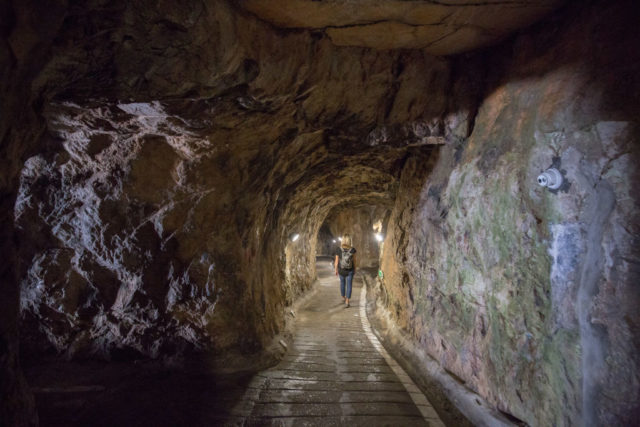
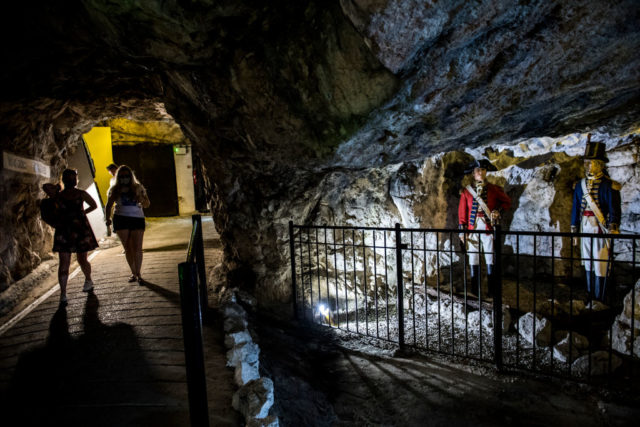
More from us: Derinkuyu: The Cavernous Underground City That Was Unearthed in a Turkish Basement
Today, there is very little need for military fortifications on the island, especially since the British Navy has greatly reduced its numbers there. The tunnels haven’t been abandoned entirely, however, and many of them have been opened up for visitors to explore. The tunnels created during the Great Siege are some of the most popular, as are the limited number of Second World War tunnels that are open to the public.
